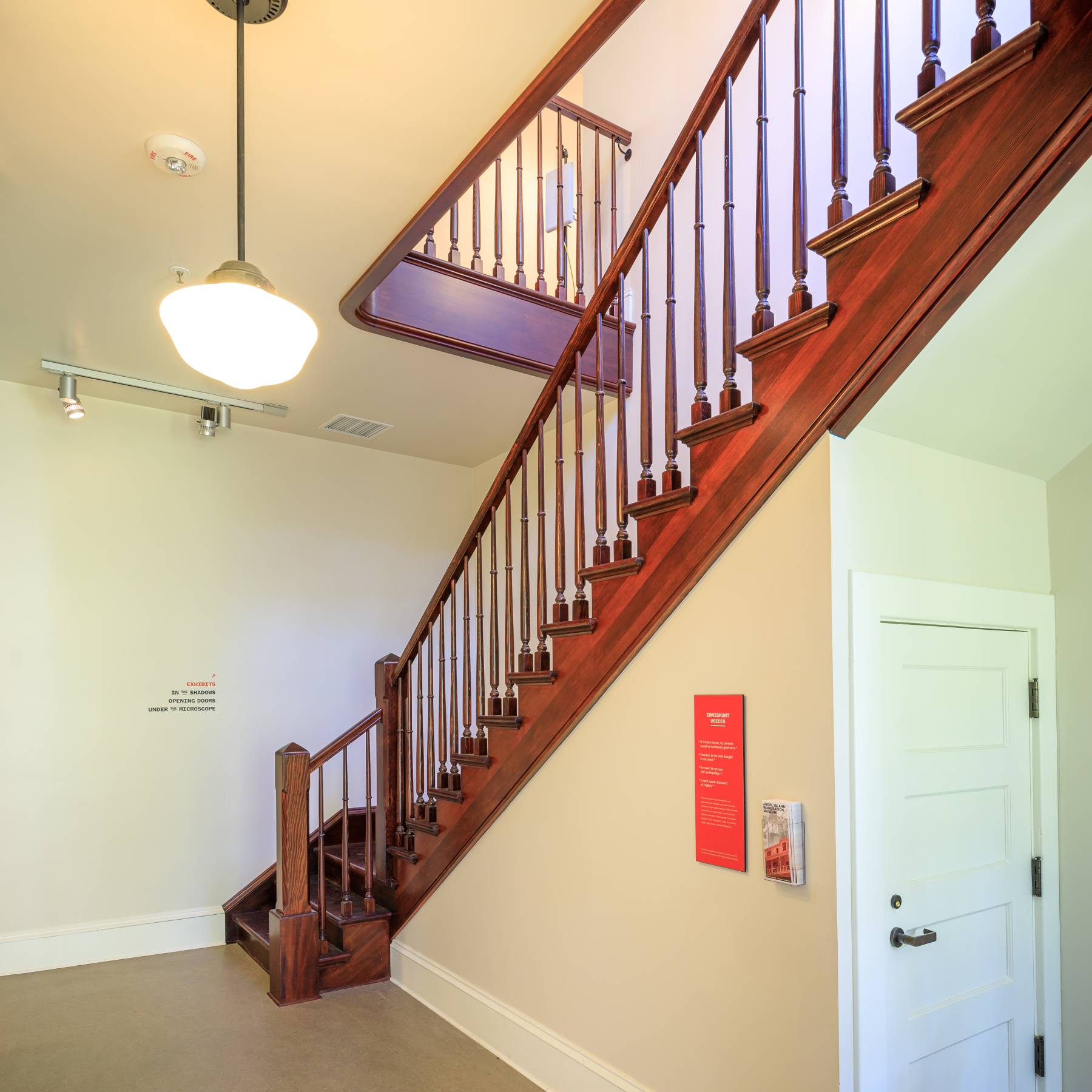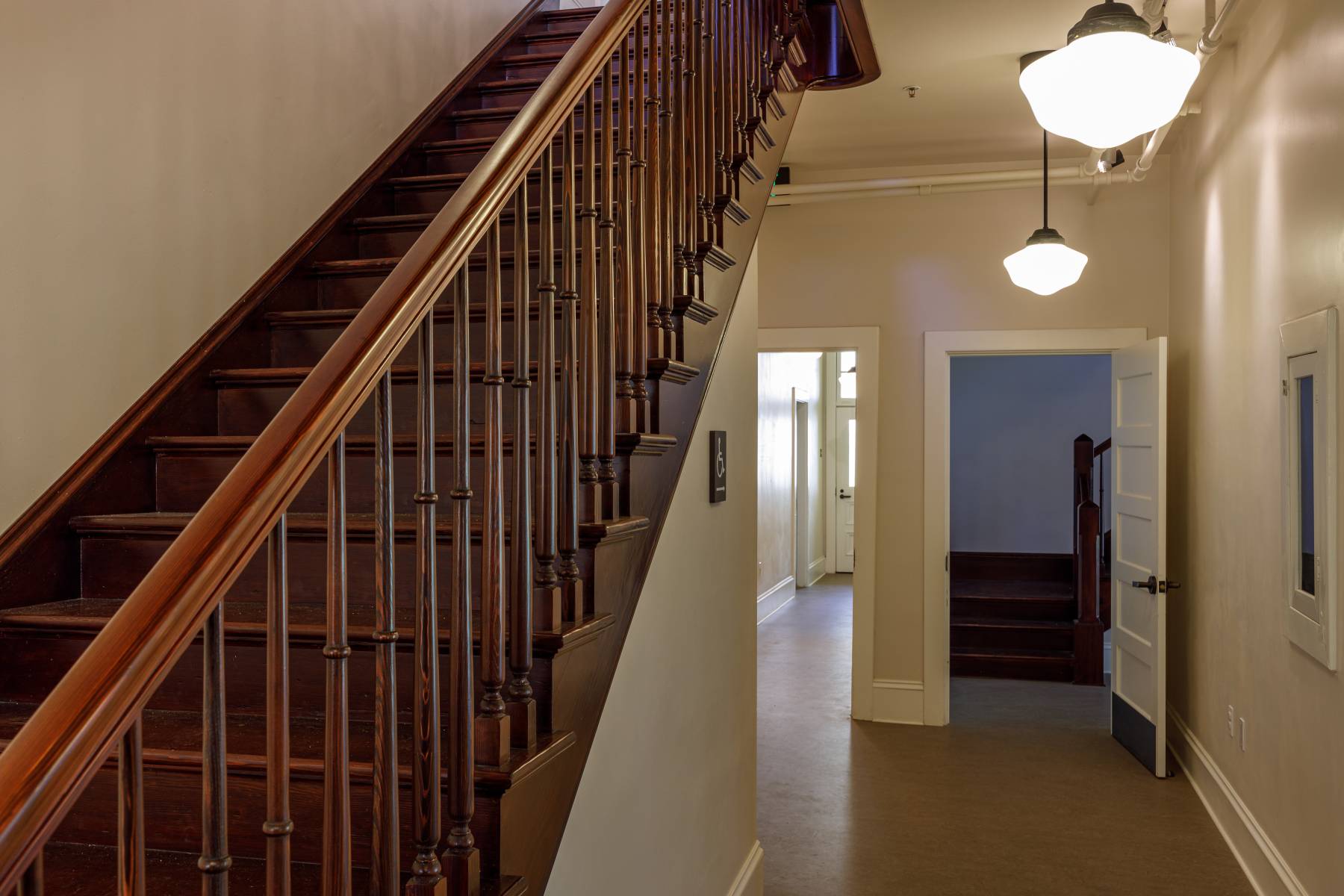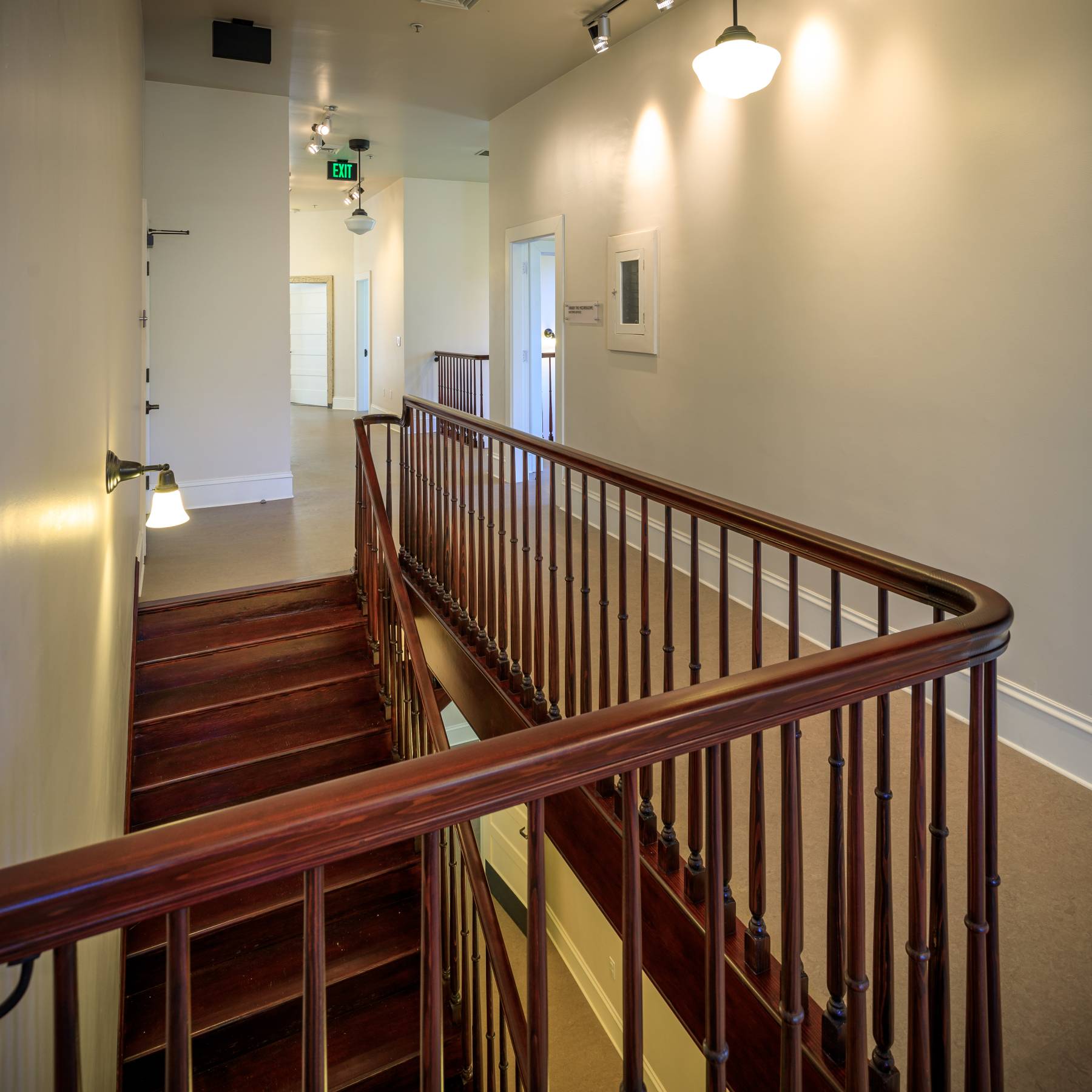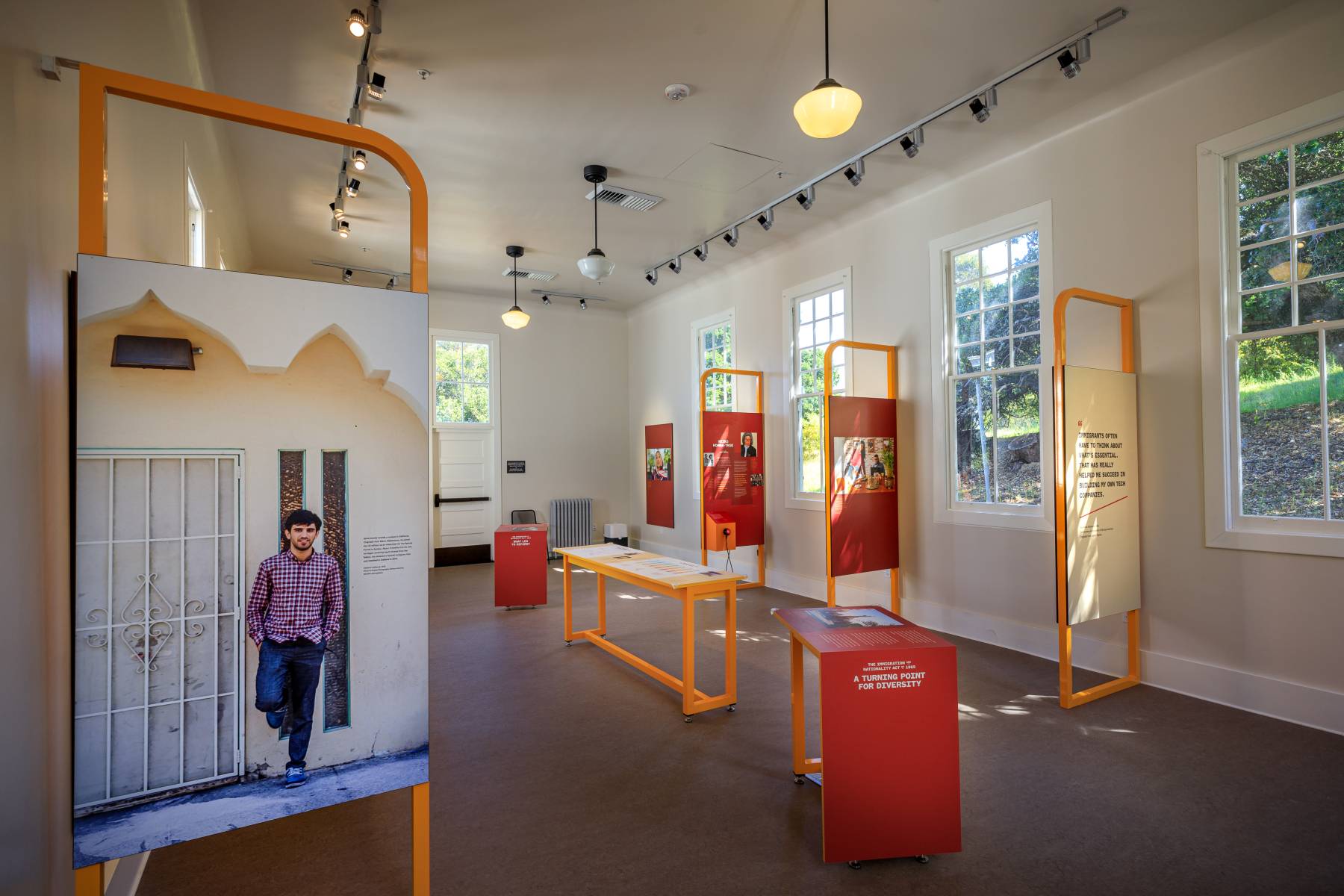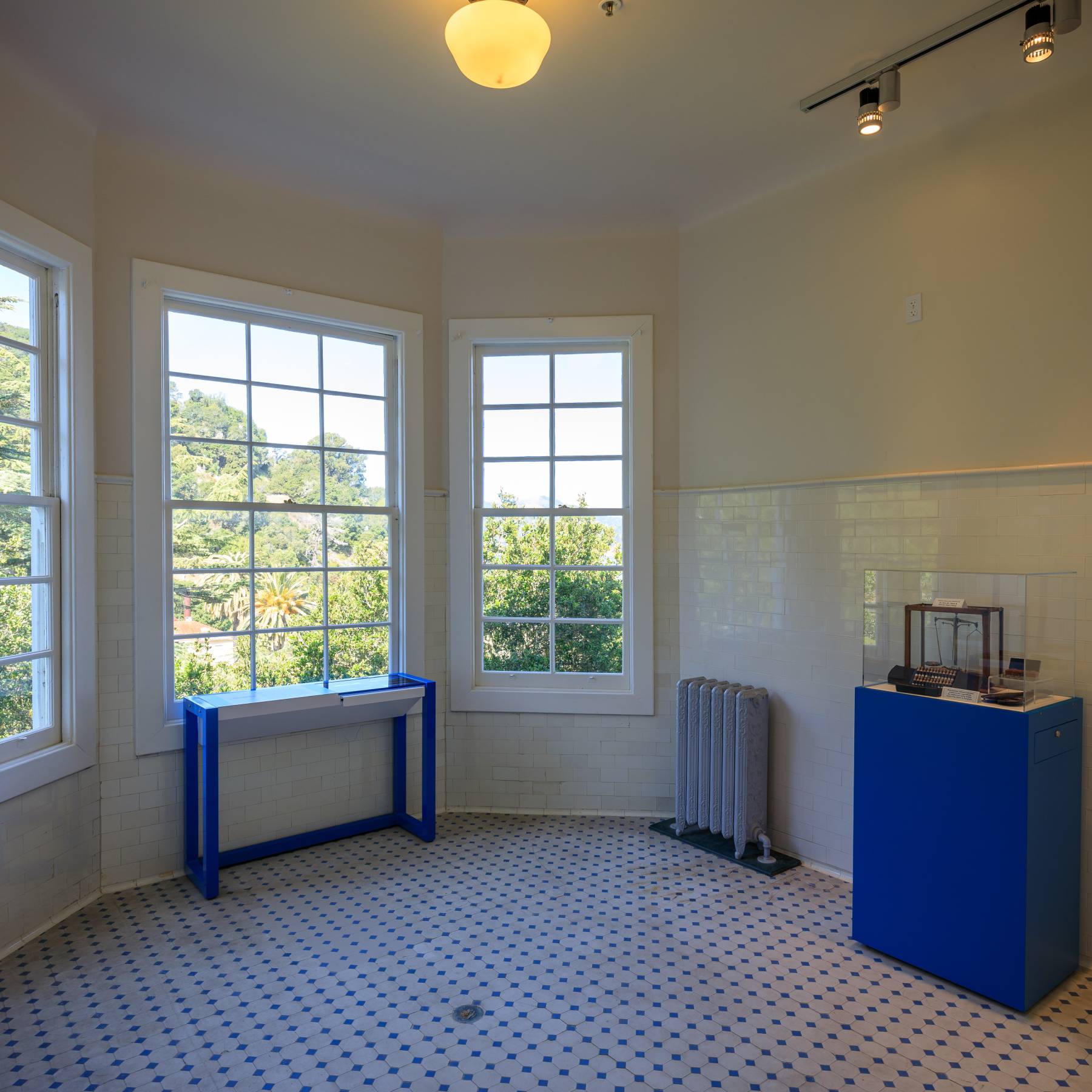About CPF and the Awards
The California Preservation Awards are a statewide hallmark, showcasing the best in historic preservation. The awards ceremony includes the presentation of the Preservation Design Awards and the President’s Awards, bringing together hundreds of people each year to share and celebrate excellence in preservation.
The California Preservation Foundation (CPF), a 501c3 nonprofit, was incorporated in 1978. We now support a national network of more than 36,000 members and supporters. Click here to learn how you can become a member.
Angel Island Team
Project Lead – Michael Garavaglia, Garavaglia Architecture, Inc.
Owner – Maria Mowery, California State Parks, Bay Area District
Project Sponsor – Edward Tepporn, Angel Island Immigration Station Foundation
Structural Engineer – Steve Duquette, Duquette Engineering
Mechanical, Electrical, Plumbing Engineering – Steve Guttmann, Guttmann & Blaevoet Consulting Engineers
Cost Estimation – Jeff Saylor, Leland Saylor Associates
Civil Engineer – Chris Mills, BKF Engineers
Soils Engineer – Craig Herzog, Herzog Geotechnical
Photographer – Stephen Schafer, Habsphoto.com
Preservation Architect (Early HSR) – David Wessel, Architectural Resources Group
Contractor – Thompson Builders
Contractor – Steve Buhler, Buhler Commercial
Exhibits – Ivey Hambey, Razorfish (Formerly Second Story)
Angel Island Immigration Station Hospital
The Angel Island Immigration Station Hospital of San Francisco is a winner for the 2022 Preservation Design Award for Rehabilitation. Award recipients are selected by a jury of top professionals in the fields of architecture, engineering, planning, and history, as well as renowned architecture critics and journalists. Tickets and sponsorship options are available at californiapreservation.org/awards.
About the Angel Island Immigration Station Hospital
The former Immigration Station Hospital was rehabilitated for adaptive re-use as a museum for the immigrant story as well as a small conference center operated by California State Parks. The interpretive exhibits connect the past to current immigrant stories.
The 10,000 sf Hospital, constructed c.1908, represents a major part of the immigrant experience for those entering the United States on the West Coast. Programming following a workshop with all stakeholders guided the future rehabilitation design, and use of the building. The Program Document and updated HSR, guided the team of preservation architect, civil, structural, mechanical, electrical, and plumbing engineers, and cost estimator to develop an overall rehabilitation design. The mix of funding sources and timing of funding required phasing of construction. First was initial stabilization and remediation of the building; Second was infrastructure scope of electrical service and distribution rough-in, elevator and egress path bridges; Third was functional improvements scope of the seismic upgrade, mechanical, electrical, and plumbing systems, along with tenant improvements of most but not all rooms; Fourth was tenant improvements of the remaining unfinished rooms followed by the installation of the museum and interpretive elements.


